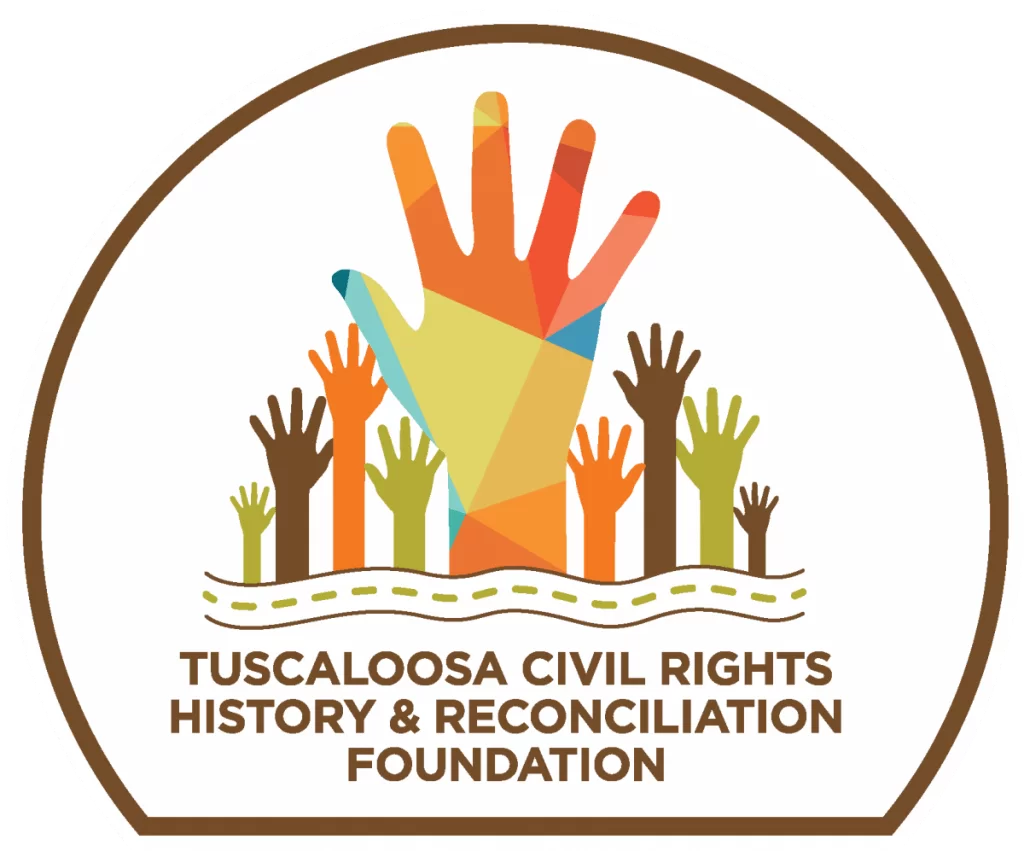“If you cannot march, you can make sandwiches. If you cannot make sandwiches, you can drive your car. If you cannot drive, you can help with office work. Everybody can do something. WHAT WILL YOU DO TO HELP US WIN FREEDOM?” This is the story of ordinary citizens taking extraordinary action in Tuscaloosa, Alabama.*
The downtown portion of the Tuscaloosa Civil Rights History Trail focuses on events surrounding “Bloody Tuesday.” On Tuesday, June 9, 1964, one year after Gov. George C. Wallace, Jr.’s “Stand in the Schoolhouse Door” at the University of Alabama failed to block the arrival of two black students, a group of peaceful citizens gathered at the First African Baptist Church to march to the new courthouse in protest of its segregated features. Ignoring warnings not to march by local law enforcement, hundreds followed the leader of the movement in Tuscaloosa and pastor of First African, Rev. T. Y Rogers, Jr., and hit the streets. They didn’t get very far. Police and members of the Ku Klux Klan attacked the marchers as they spilled out of the church, swinging night clubs and cattle prods and firing tear gas into the church itself. Many of the wounded were treated at the nearby Howard- Linton Barbershop. Thirty-three were sent to Druid City Hospital; ninety-four were arrested and jailed. All charges were subsequently dismissed, but no formal apologies were ever issued.
* This is some of the Tuscaloosa story, photocopy of photograph album, June 6, 7964, box 7, folder 3, Will Herzfeld papers 7964-7990, Schomburg Center for Research in Black Culture, New York Public Library

